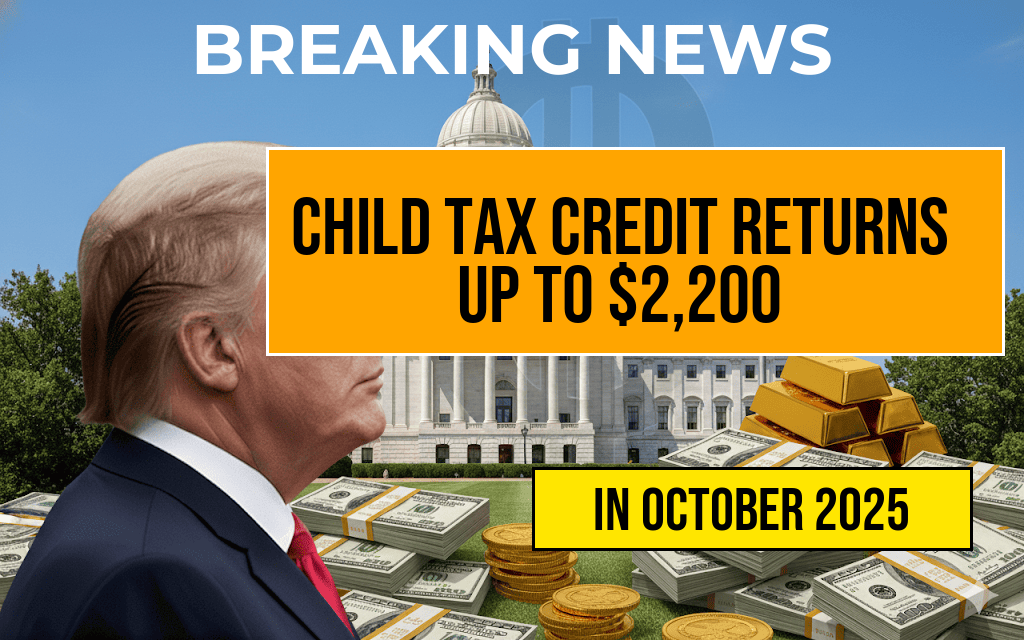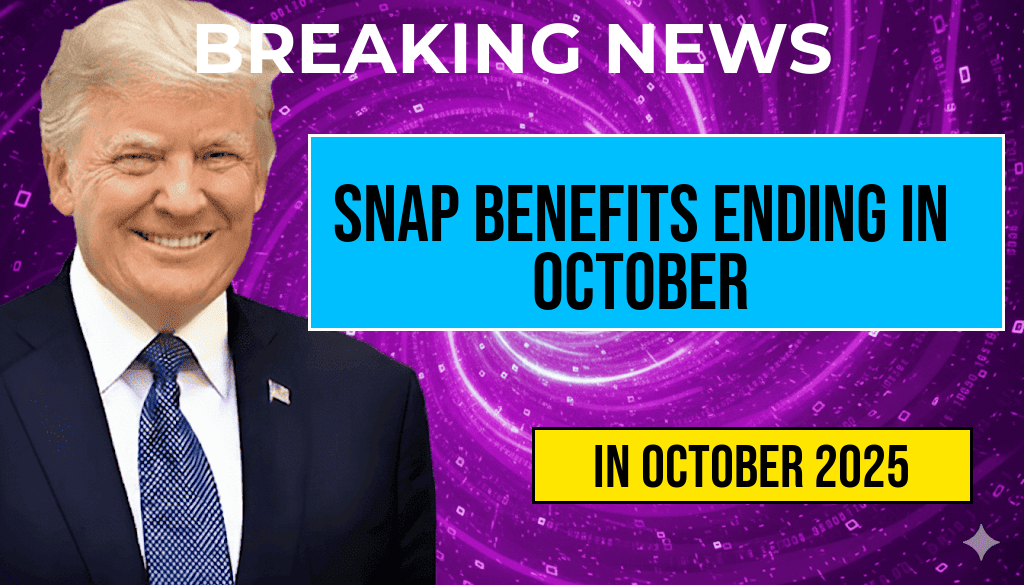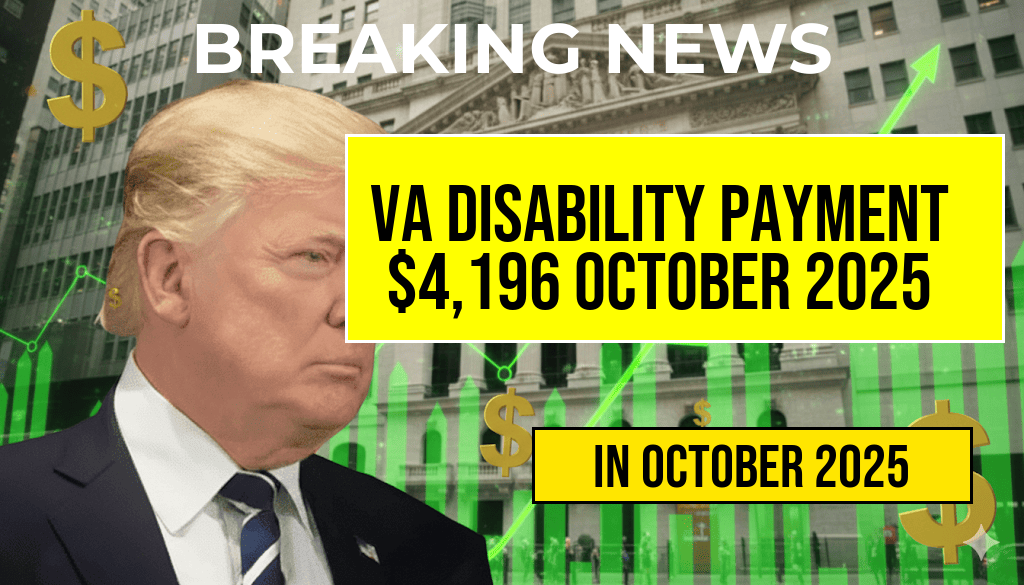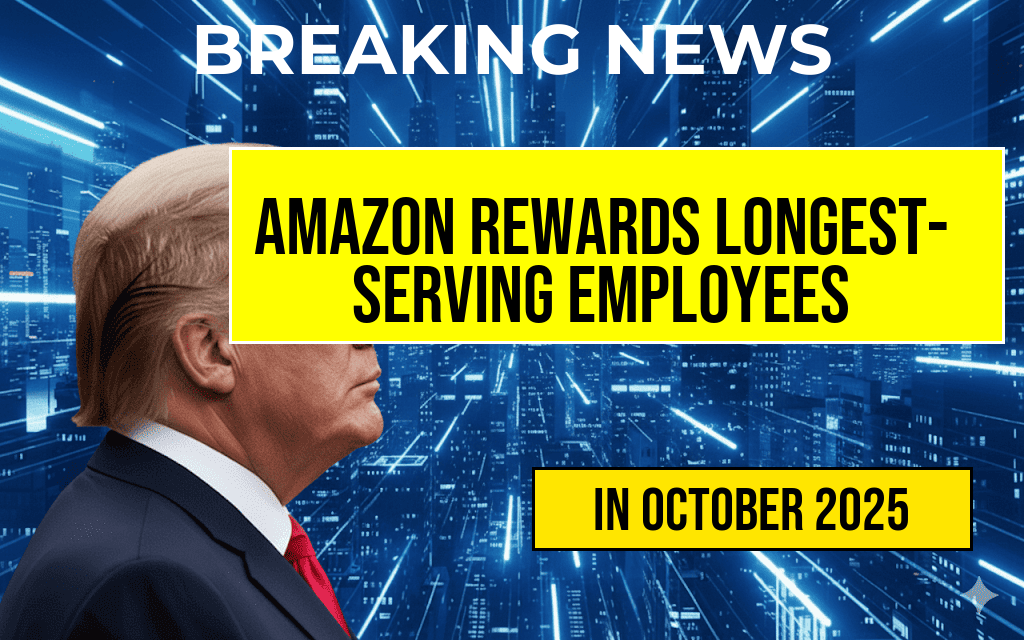The Supplemental Nutrition Assistance Program (SNAP) benefits are set to undergo a significant overhaul, resulting in the end of additional benefits for recipients starting in October. This shift comes after months of temporary enhancements aimed at alleviating pandemic-related economic hardships. The scheduled termination of these extra benefits marks a pivotal change in federal assistance policies, potentially impacting millions of low-income households across the United States. While the original SNAP program has long served as a vital safety net, the recent modifications reflect evolving federal priorities and budget considerations. As recipients prepare for the transition, advocacy groups and policymakers debate the implications for food security and household stability.
Background on SNAP and Pandemic-Era Enhancements
The Origins of Temporary Benefits
The SNAP program, administered by the U.S. Department of Agriculture (USDA), is the nation’s largest nutrition assistance initiative, providing food-purchasing aid to low-income individuals and families. During the COVID-19 pandemic, federal agencies introduced a series of temporary enhancements to bolster economic resilience. These included increased benefit amounts, emergency allotments, and relaxed eligibility criteria, which together expanded access and purchasing power for recipients.
Legislative Actions and Extensions
Initially enacted through the American Rescue Plan Act of 2021 and subsequent legislation, these temporary measures aimed to counteract pandemic-induced economic downturns. The emergency allotments, in particular, allowed many households to receive maximum benefits, often exceeding pre-pandemic levels. However, as the economy recovers and pandemic declarations wind down, federal officials have signaled an end to these supplemental payments. According to the USDA, the expiration of the emergency measures is scheduled for October 2023, aligning with the conclusion of federal public health emergency declarations.
The Impact on Recipients and State Agencies
What Changes Will Occur?
| Aspect | Pre-October 2023 | Post-October 2023 |
|---|---|---|
| Benefit Amounts | Enhanced, often at maximum levels | Revert to standard pre-pandemic levels |
| Emergency Allotments | Provided to nearly all eligible households | Ceased entirely |
| Eligibility Criteria | Relaxed during pandemic | Standard eligibility resumes |
Recipients will see a reduction in their monthly benefits, with many losing the supplemental amounts that previously helped stretch their food budgets. States will need to adjust their administrative processes accordingly, but the transition may pose challenges for households already facing financial strain.
State-Level Responses and Preparations
States have been preparing for the benefit adjustments through public notices and outreach campaigns. Some agencies have established resource centers to assist affected individuals in understanding the changes and exploring alternative assistance programs. For example, states like California and New York have emphasized community partnerships to help vulnerable populations navigate the upcoming transition.
Policy and Economic Considerations
Federal Budget Implications
The decision to end pandemic-era SNAP enhancements aligns with broader federal efforts to reduce emergency spending and reallocate resources. According to budget analyses from the Congressional Budget Office (CBO), the cost of extended benefits was substantial, prompting lawmakers to reconsider their continuation. Critics argue that rolling back these benefits could increase food insecurity, especially among children, seniors, and marginalized communities.
Debate Over Food Security and Economic Recovery
Advocates for expanding assistance warn that removing temporary benefits risks undoing gains made in reducing hunger and poverty during the pandemic. Organizations such as Feeding America have highlighted data showing that even modest reductions in benefits can lead to increased reliance on food banks and other emergency services. Conversely, some policymakers contend that the economy’s recovery diminishes the need for supplemental aid, emphasizing work requirements and employment initiatives instead.
Looking Ahead: Alternatives and Support Measures
Other Assistance Programs
- Local Food Banks: Many communities are expanding their outreach and stockpiles to accommodate increased demand.
- Nutrition Education: Programs aimed at improving food choices and budgeting are being prioritized to help households adapt to changing circumstances.
- State-Level Supplements: Several states are considering or implementing additional support measures to cushion the impact of the benefit reductions.
Potential for Policy Revisions
As the October cutoff approaches, discussions continue within Congress about possible extensions or new initiatives to address food insecurity. The debate centers on balancing fiscal responsibility with the need to support vulnerable populations. Some lawmakers have proposed targeted relief packages or permanent adjustments to SNAP eligibility and benefits.
Resources and How to Prepare
Recipients facing reductions are encouraged to consult official state SNAP offices and community organizations for guidance. It’s advisable to review individual benefit statements and budget accordingly. For further information, the USDA provides resources on SNAP policy changes at USDA SNAP Program.
The upcoming changes underscore ongoing debates about the role of federal assistance programs in fostering economic stability and food security. As the landscape evolves, affected households, policymakers, and advocacy groups are closely monitoring the transition to ensure support systems remain responsive to community needs.
Frequently Asked Questions
What is the reason for the end of SNAP benefits for recipients in October?
The SNAP benefits are ending in October due to a scheduled overhaul of the program, which aims to implement new policies and eligibility criteria affecting recipients.
Will all SNAP recipients lose their benefits in October?
No, not all recipients will lose their benefits. The overhaul may lead to changes in eligibility, but some recipients will continue to receive SNAP benefits based on updated criteria.
How will the SNAP benefits change after the October overhaul?
The overhaul is expected to modify eligibility requirements and benefit amounts, potentially reducing SNAP benefits for some recipients and updating the application process.
What should recipients do to prepare for the SNAP benefits changes in October?
Recipients should review the eligibility criteria, update their applications, and stay informed through official channels to ensure they understand how the overhaul affects their benefits.
Where can I find more information about the SNAP benefits changes and the overhaul?
More details can be found on the official government SNAP website and by contacting local food assistance offices, which will provide guidance on the upcoming benefits changes.










